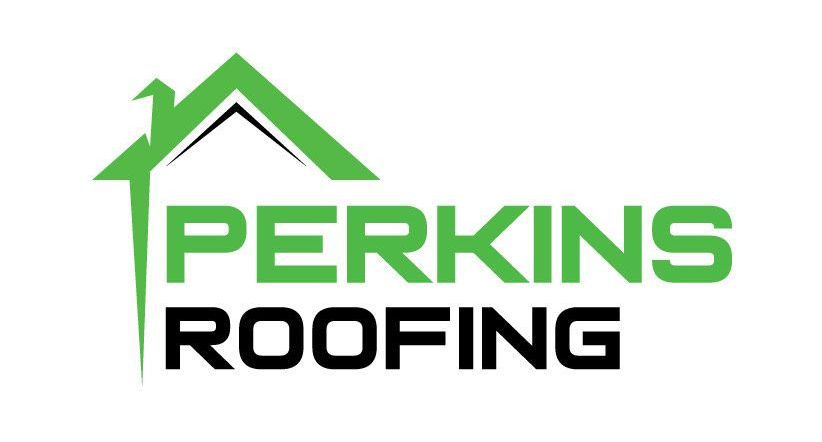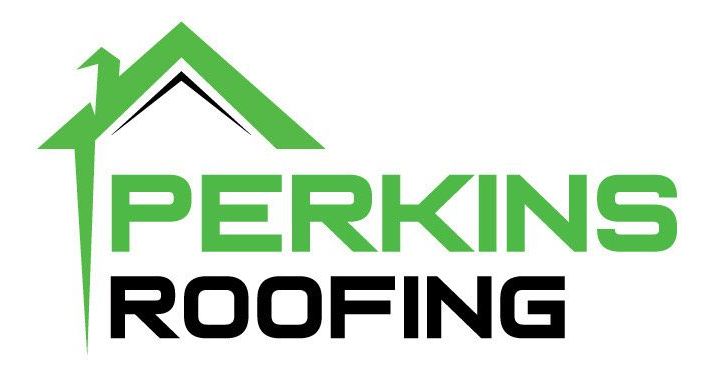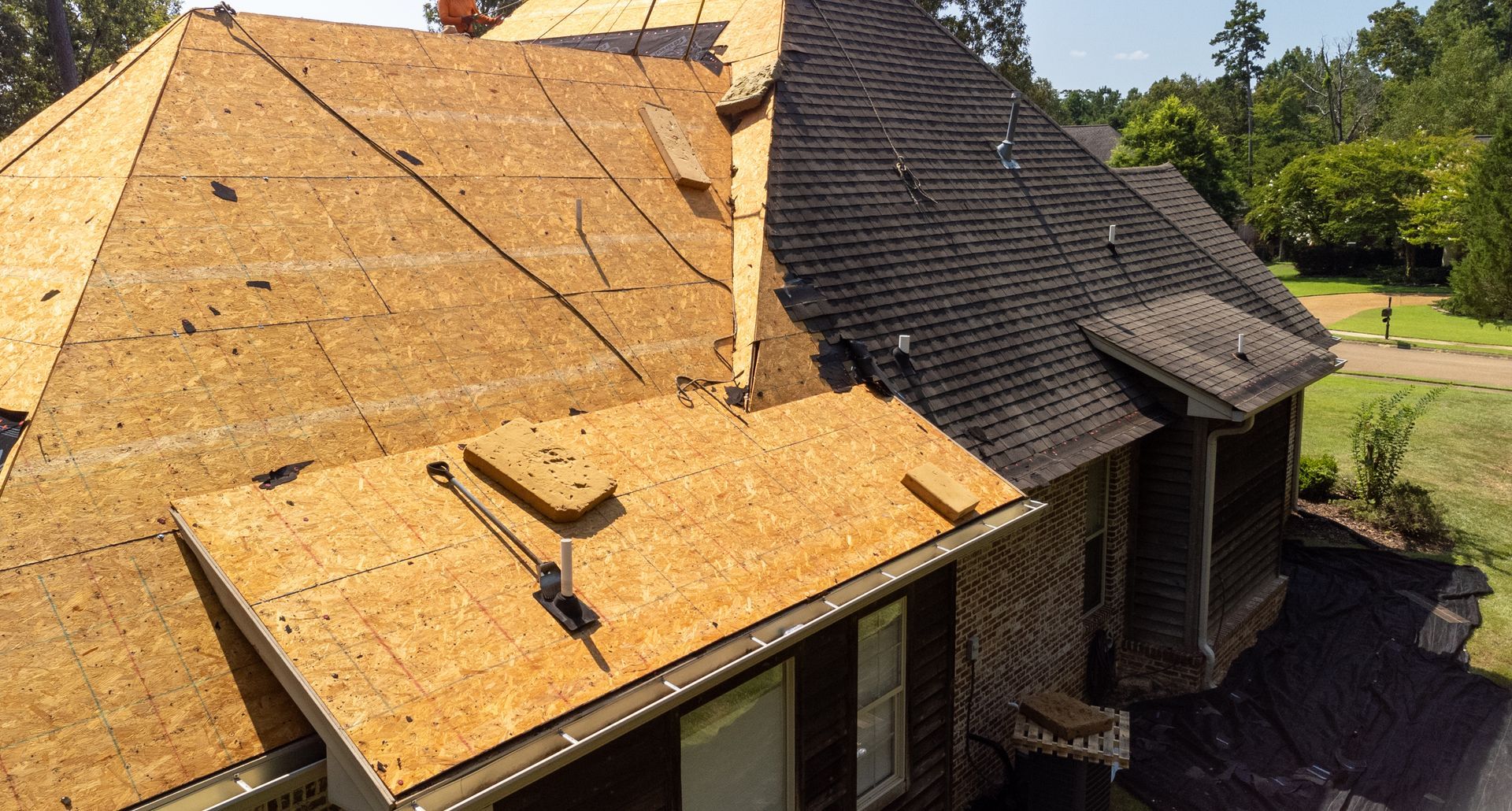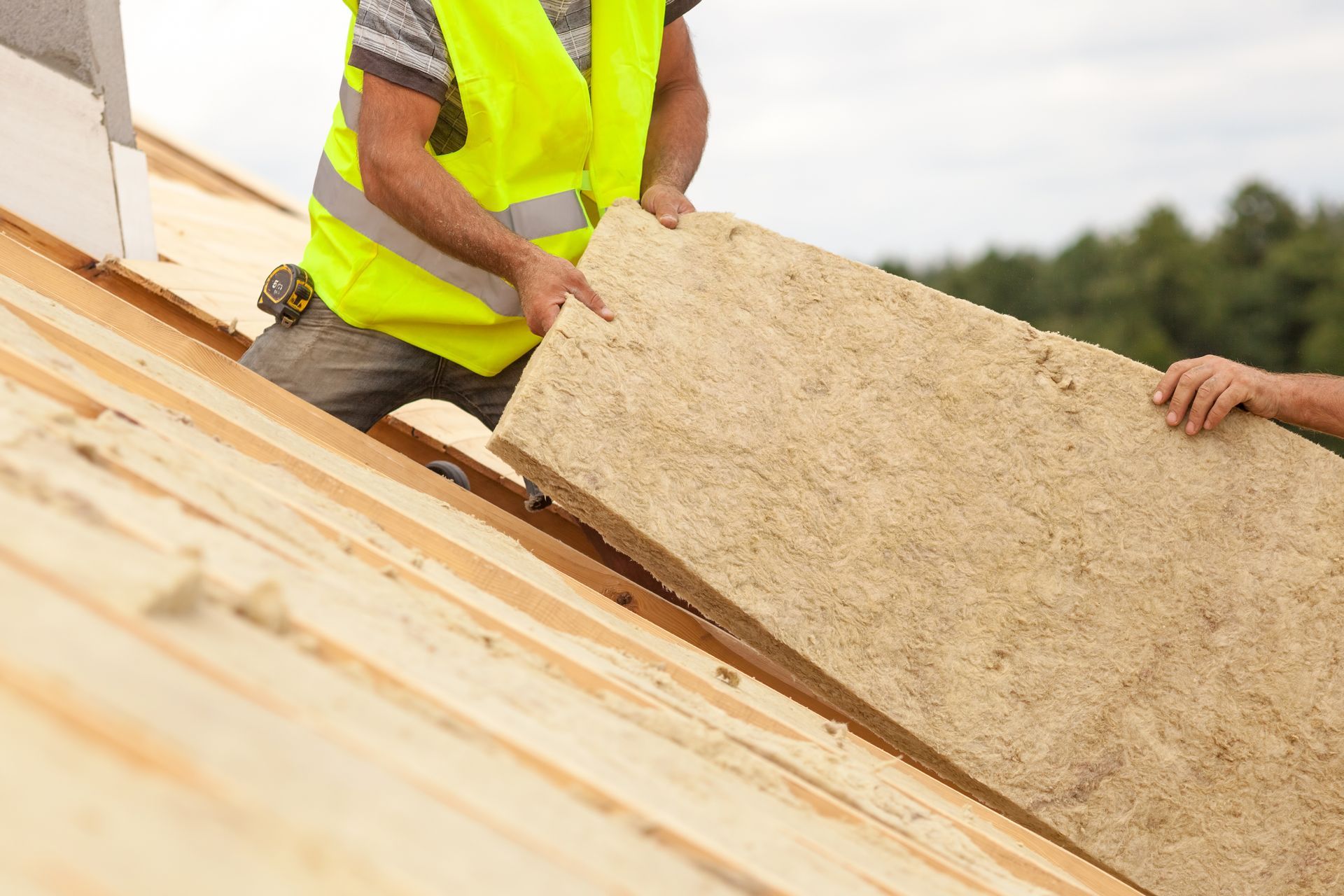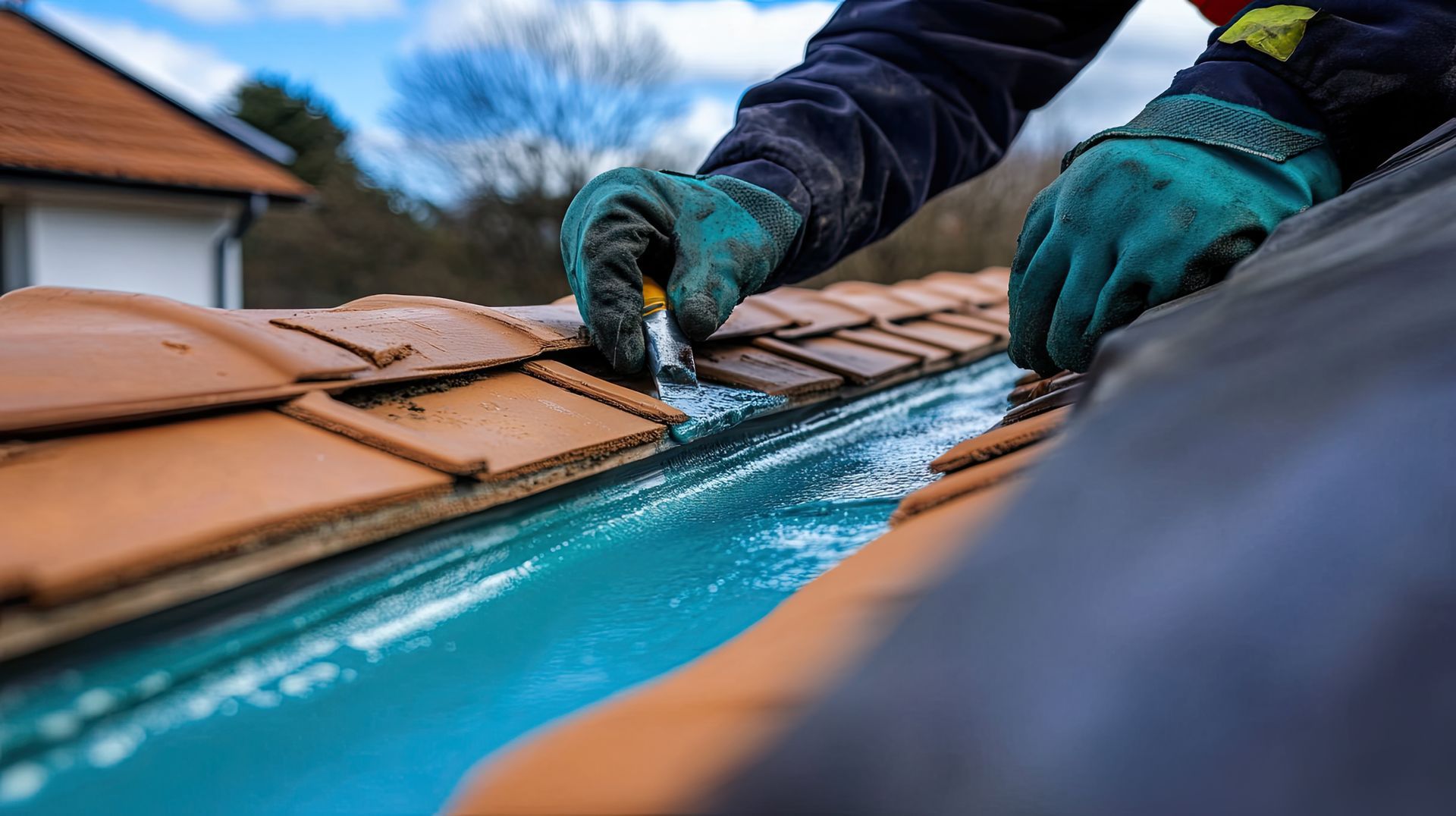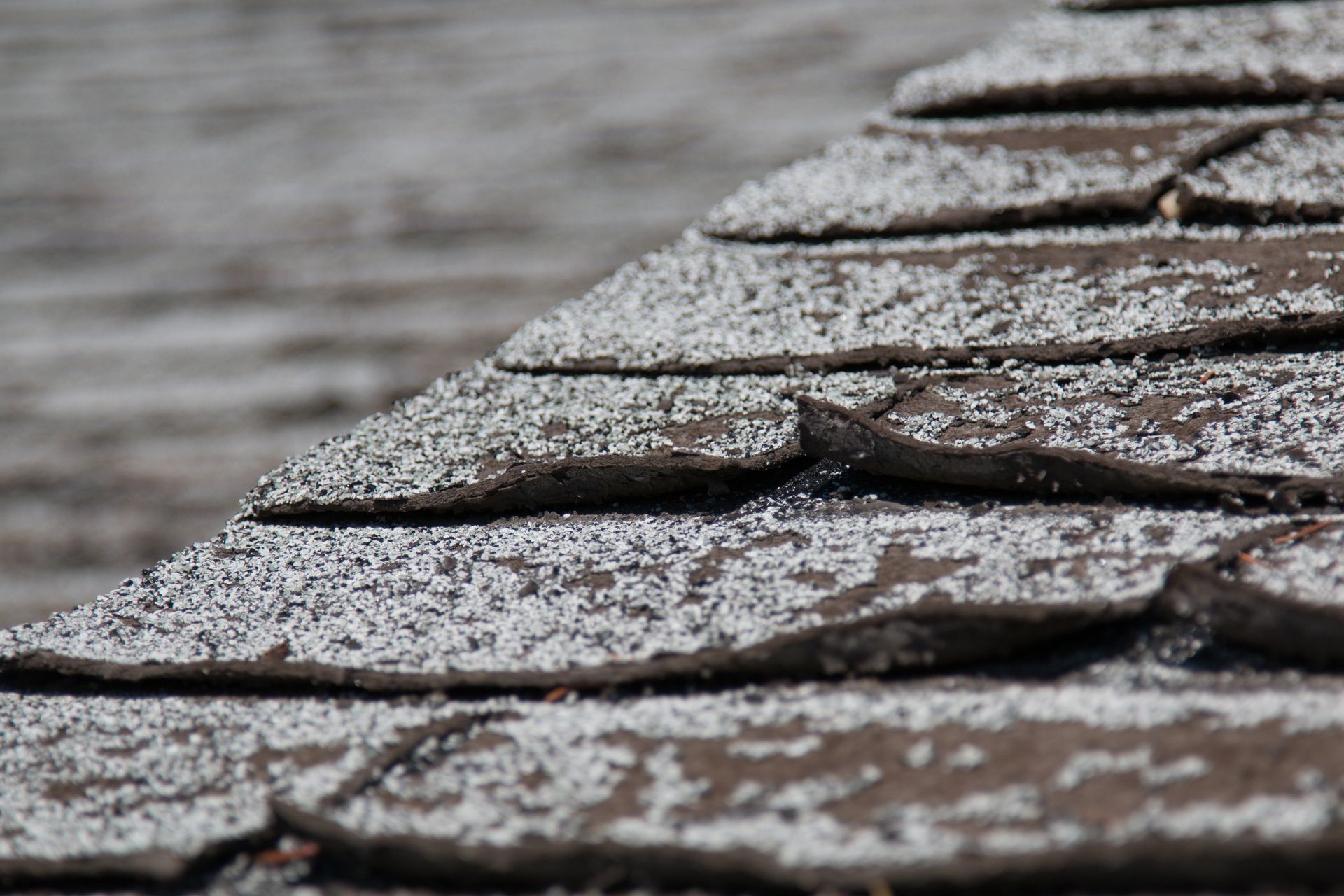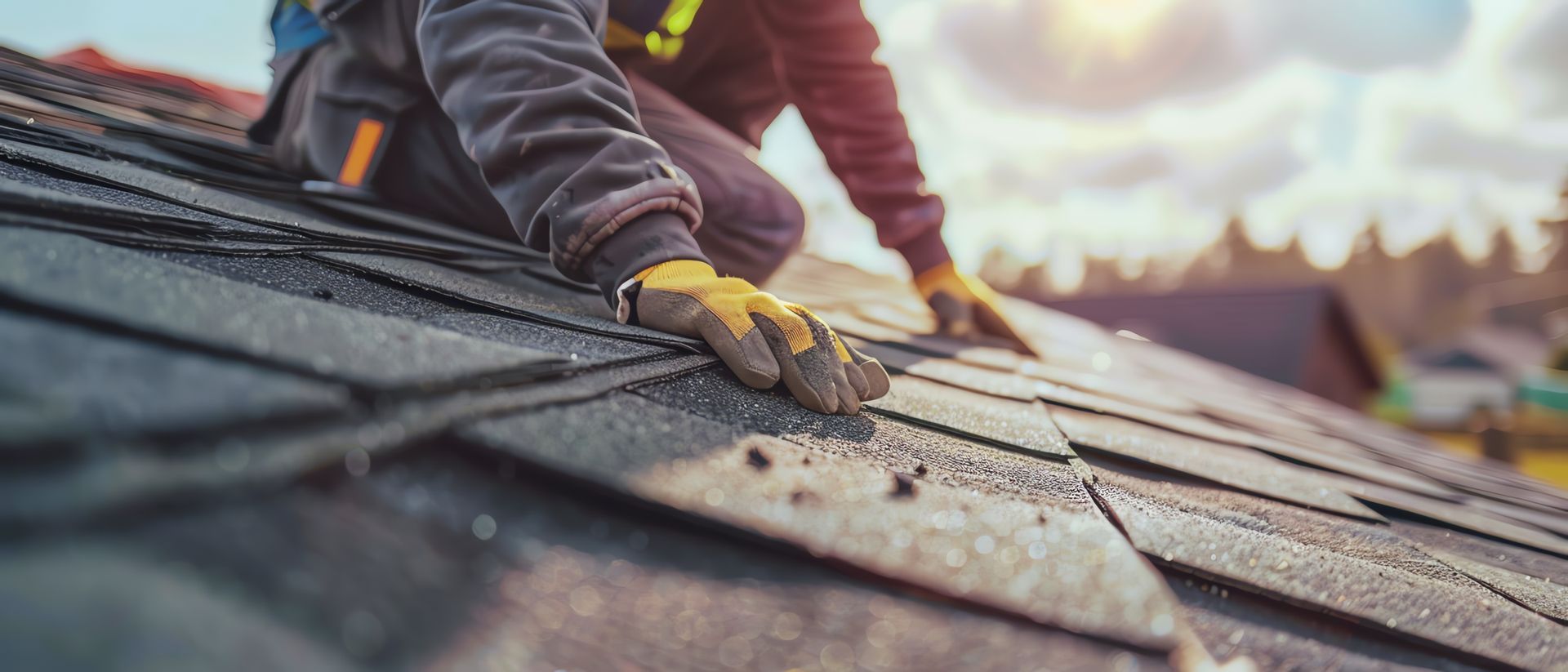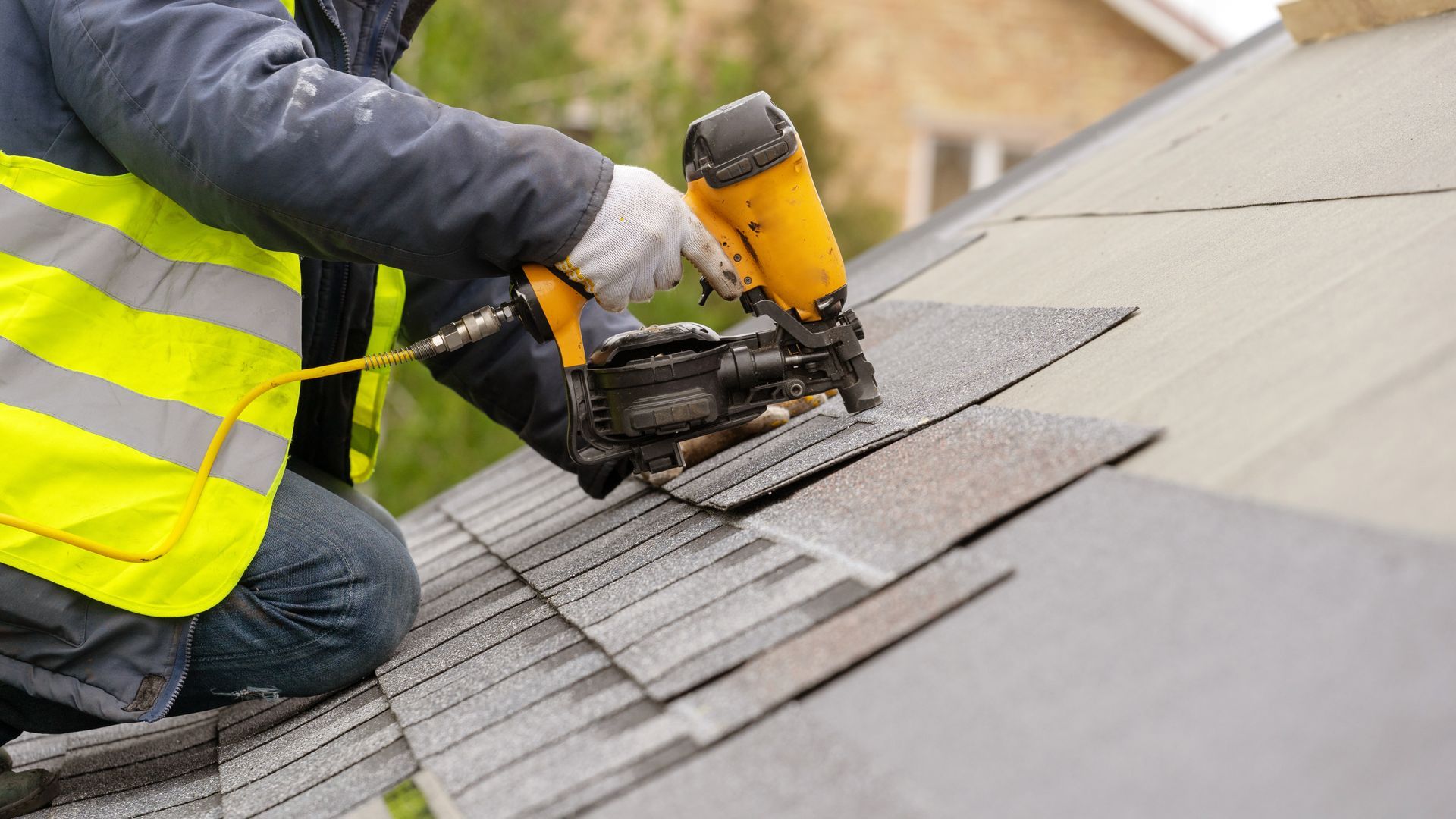call today, we'll be there tomorrow | (832) 702 0201
Why Even Small Roof Leaks Can Lead to Major Problems

It might seem easy to ignore a small roof leak, especially if it's just a minor drip that doesn’t seem like an immediate problem. However, even the tiniest leaks can lead to costly damage over time.
Roof leaks are more than an annoyance, they can wreak havoc on the materials in your home, like drywall and insulation, increasing repair costs and leaving you dealing with issues like mold growth. Long-term leaks can even lead to wood rot that could compromise key structural components in a home.
Worse yet, homeowners who ignore these small leaks may face complications with insurance claims down the line.
Damage to Ceilings, Drywall and Insulation
One of the first visible signs of a roof leak is typically a stain or discoloration on your ceiling. While this may seem like a cosmetic issue, it is often the first sign of deeper damage.
Ceiling and Drywall Damage
When water seeps through your roof, it doesn’t just stop at the shingles. It can make its way through the layers of your roof, soaking into your home’s ceiling and drywall. Over time, this moisture can cause your ceiling and walls to bubble, crack or even collapse. What may start as a small stain can quickly turn into sagging, peeling paint and crumbling drywall.
Insulation Saturation
Insulation in your attic is meant to keep your home energy-efficient by trapping heat in the winter and keeping it out in the summer. When a leak occurs, water can easily soak into this insulation, causing it to settle and compact, reducing its effectiveness.
Wet insulation doesn’t dry quickly, leading to long-term moisture issues that can drive up your energy costs. This can also increase the risk of mold growth.
Mold Growth and Health Risks
One of the most serious consequences of even minor roof leaks is the potential for mold growth. Mold thrives in damp, warm environments and dark, enclosed spaces, like your attic, ceiling and walls.
Mold and Your Health
Mold is more than just an eyesore—it’s a potential health hazard. Mold spores can circulate throughout your home, particularly if they take hold in your HVAC system, spreading airborne irritants that can cause allergic reactions, respiratory problems and other health issues, particularly for those with asthma or compromised immune systems.
Mold Growth and Structural Damage
Mold doesn’t just impact your health; it can also damage the structure of your home. As mold feeds on organic materials, it can weaken wood beams, drywall and other components of your home’s structure, exacerbating the damage caused by the initial leak. Left unchecked, mold growth can result in expensive repairs and potentially dangerous living conditions.
Wood Rot and Structural Damage
While mold is the more common concern with prolonged water exposure, wood rot can also become a significant issue if leaks go unattended. Water can seep into the wood framing of your home, especially in areas like the attic, and cause the wood to decay over time. This weakens the structural integrity of your roof and surrounding areas.
Rising Repair Costs
One of the most direct consequences of ignoring a small roof leak is the increasing cost of repairs. What might have been a simple, low-cost repair to patch a minor leak can turn into an expensive project involving replacing large sections of ceiling, drywall, insulation and even roofing materials.
Escalating Damage Over Time
The longer a leak is allowed to persist, the more damage it causes. What starts as a small drip can spread through your home’s structure, leading to more extensive damage that requires professional repairs. The longer the issue goes unaddressed, the more costly and labor-intensive the repairs become.
Leaks that spread can lead to the replacement of costly materials like wood beams and insulation, pushing your repair bill even higher.
Insurance Coverage Complications
One of the biggest risks of delaying roof repairs is the potential for issues with your homeowners' insurance. Many homeowners mistakenly assume that their insurance will automatically cover roof damage and related repairs, but that’s not always the case.
Exclusions and Denied Claims
Homeowners insurance policies often cover sudden and accidental damage, such as storm-related roof damage, but they don’t always cover damage that results from neglect. If you ignore a roof leak that gradually worsens over time, your insurance provider may argue that the damage was preventable and deny all or part of your claim.
This is especially true for mold remediation. If mold growth results from a sudden covered event, like storm damage or a burst pipe, your insurance may cover the cost of remediation. However, if the mold is caused by a neglected leak, your policy probably won’t.
Don’t Let Small Roof Leaks Become Big Problems for Your Home in The Woodlands
If you’re dealing with a roof leak or suspect there might be one, don’t wait and contact Perkins Roofing today. Our experienced roofers in The Woodlands can help you identify and fix leaks before they turn into bigger problems, saving you time, money and stress in the long run.
Call us now at (832) 702-0201 to schedule an inspection!
LET'S GET YOU TAKEN CARE OF
OUR CUSTOMERS ARE OUR NEIGHBORS.
Contact Us
We will get back to you as soon as possible
Please try again later
our services
WHERE TO FIND US
45 Cascade Springs Place
The Woodlands, TX 77381
All Rights Reserved | Perkins Roofing
Privacy Policy | Powered by REV77 Digital Marketing Agency
